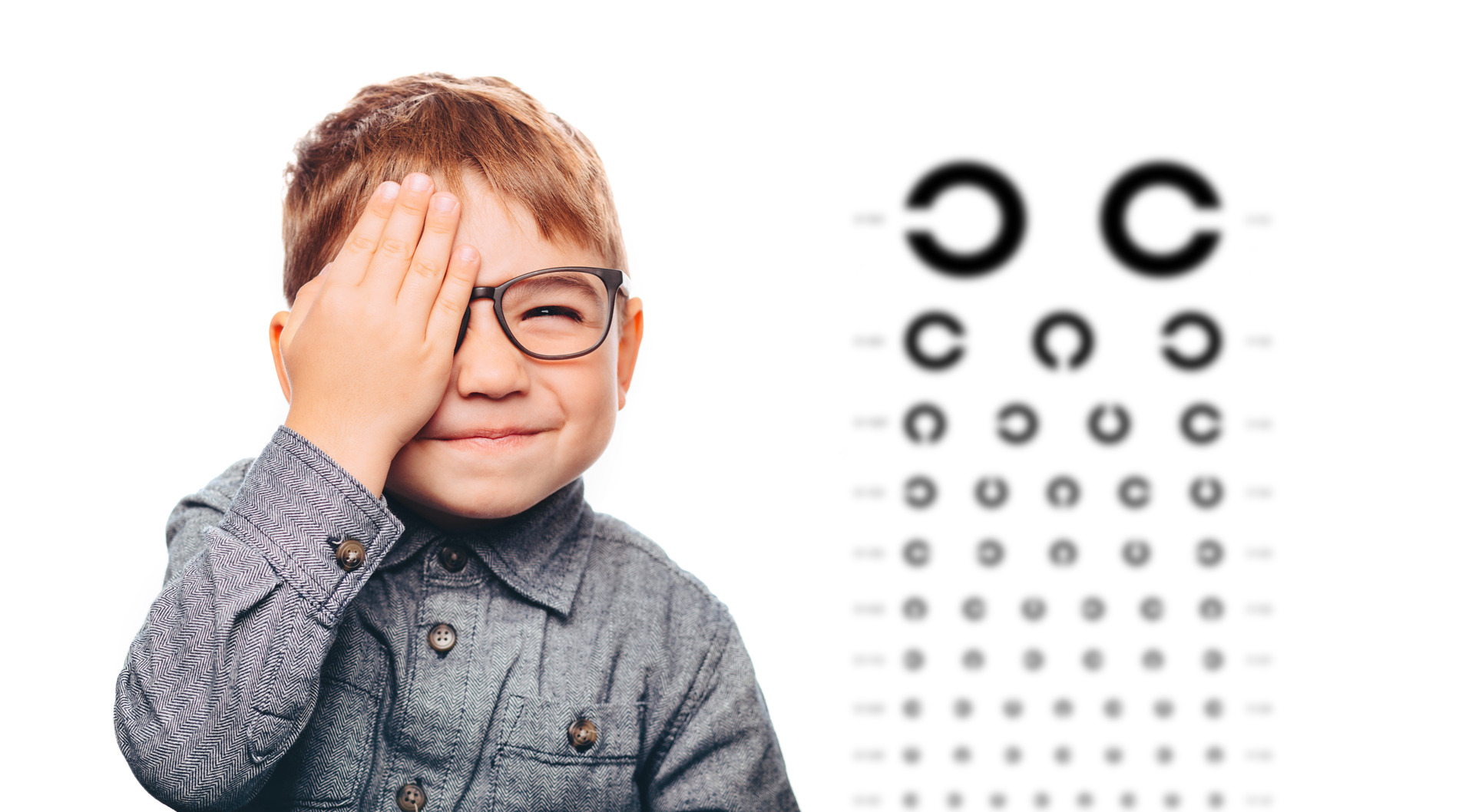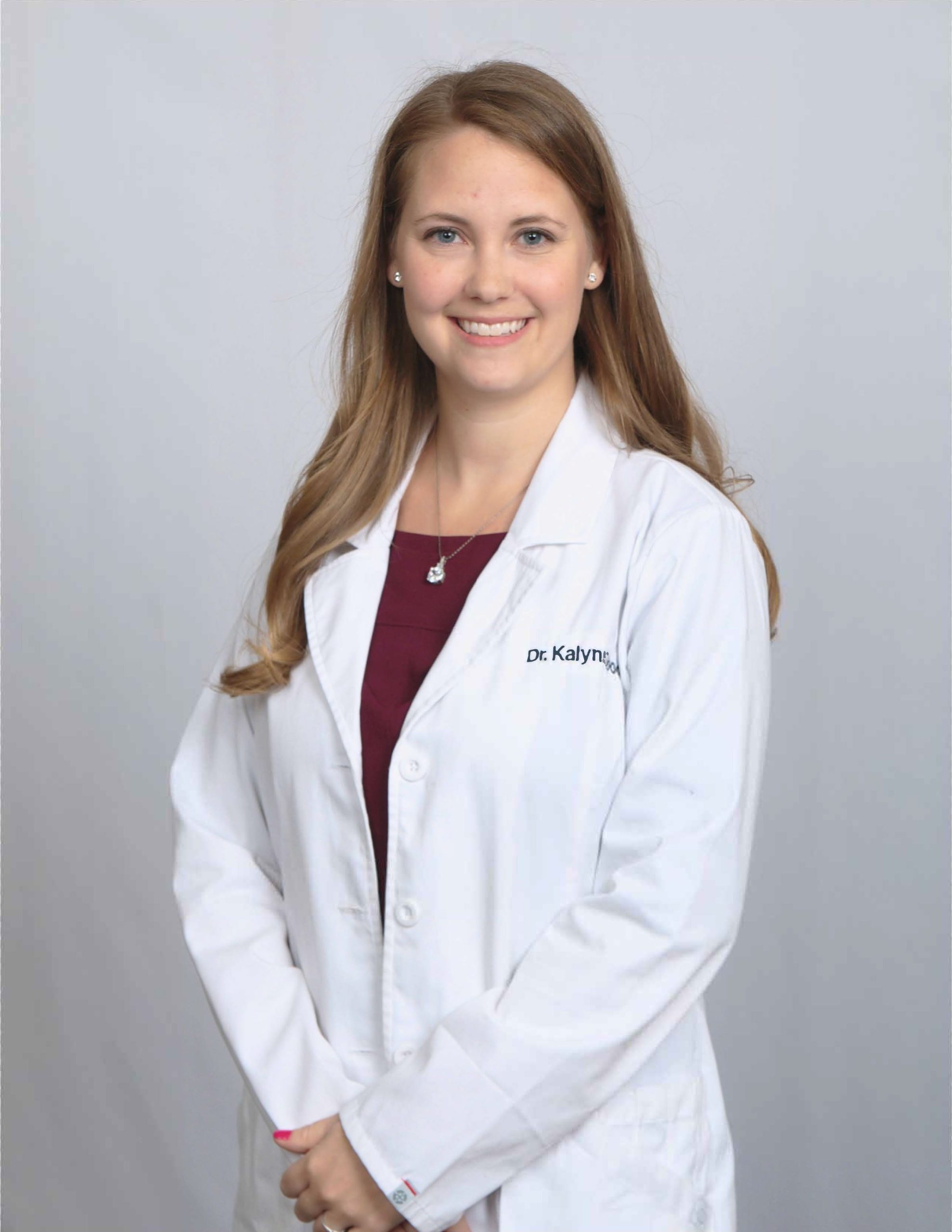What To Expect During A Child’s Eye Exam in Parker, CO

At Good iSight, we understand how important your child’s vision is to their development and learning. Whether they are just starting school or exploring the world around them, clear and healthy vision plays a crucial role in how they engage with their environment.
If you are preparing for your child’s first pediatric eye exam or wondering what to expect, you are in the right place. Our experienced team, led by Dr. Kalynn Good, specializes in pediatric optometry and vision therapy. In this guide, we will walk you through the process step by step, answer common parent questions, and explain why early eye exams are essential.
This Article Will Address:
- Why pediatric eye exams are important
- What happens during an eye exam for children
- The difference between a vision screening and a full exam
- Common vision problems in children
- Answers to frequently asked questions about pediatric vision care
- How to prepare your child for their eye exam
Why Are Pediatric Eye Exams Important?
Children may not always realize they have a vision problem—after all, they assume that what they see is normal. But undiagnosed vision issues can impact learning, confidence, and overall development.
At Good iSight, we believe in early intervention to prevent long-term complications. Pediatric eye exams can detect:
- Nearsightedness (Myopia) – Difficulty seeing things far away
- Farsightedness (Hyperopia) – Difficulty focusing on close-up objects
- Astigmatism – Blurred vision caused by irregularly shaped corneas
- Amblyopia (Lazy Eye) – Reduced vision in one eye due to lack of development
- Strabismus (Crossed Eyes) – Misalignment of the eyes affecting depth perception
The sooner these conditions are detected, the easier it is to correct them with vision therapy, corrective lenses, or other treatments.
What Happens During a Pediatric Eye Exam?
At the start of the exam, we will discuss:
- Your child’s medical and family history
- Any concerns you have noticed, such as squinting, headaches, or difficulty reading
- Developmental milestones related to vision
This information helps us customize your child’s exam for the most accurate results.
Visual Acuity Testing
We will assess your child’s ability to recognize shapes, letters, or pictures using age-appropriate tests:
- Eye charts with letters or symbols for older kids
- Tumbling E charts or picture-based charts for younger children
- Fixation tests to observe how infants track moving objects
Eye Alignment and Movement Tests
To ensure the eyes work together properly, we will evaluate:
- Eye tracking and coordination by following a moving object
- Cover tests to check for strabismus (crossed eyes)
- Depth perception and muscle function tests
Pupil Dilation and Eye Health Evaluation
To examine the internal structures of the eye, we may apply dilating drops. This allows us to:
- Assess retinal health and optic nerve function
- Detect any underlying conditions like congenital cataracts or pediatric glaucoma
- Get a comprehensive look at your child’s eye health
While dilation can cause temporary light sensitivity, it is a crucial part of ensuring long-term visual well-being.
What is 20/40 vision in a child?
Vision is measured using a Snellen eye chart. A child with 20/40 vision can see at 20 feet what a person with normal 20/20 vision sees at 40 feet.
If a child has 20/40 vision or worse, they may need corrective lenses to improve clarity.
When should a child have their first eye test?
The American Optometric Association (AOA) recommends:
- First eye exam at 6 months old
- Second exam at 3 years old
- Before starting school (around age 5 or 6)
- Every 1–2 years after that
Routine exams help catch vision problems before they affect learning.
What is considered a failed vision test?
A child may fail a vision test if they struggle with:
- Recognizing letters or shapes on an eye chart
- Difficulty following moving objects
- One eye seeing clearly while the other does not
- Misaligned eyes (possible strabismus)
If your child fails a test, we will guide you through the next steps, whether it is a prescription for glasses or vision therapy.
What is the leading cause of vision loss in children?
The most common causes include:
- Amblyopia (Lazy Eye) – When one eye does not develop properly
- Congenital cataracts – Clouding of the lens present at birth
- Uncorrected refractive errors – When vision issues like myopia are not detected early
Early exams can help prevent long-term vision problems.
How to Prepare for Your Child’s Eye Exam at Good iSight
Help your child feel comfortable with these tips:
- Explain the exam in simple terms – Let them know it is just like a game
- Bring any previous prescriptions or medical records
- Pack sunglasses for after dilation (if applicable)
A positive experience ensures your child builds confidence in their eye care routine.
Visual Therapy Services that Unlock Your Vision Potential
Book Your Appointment Today
Schedule Your Child’s Eye Exam at Good iSight in Parker, CO
Investing in your child’s vision today can set them up for a lifetime of clear sight and confidence. At Good iSight, we take the time to personalize care for every child, ensuring they feel comfortable while getting the best possible eye health evaluation. Call today to schedule an appointment! We look forward to helping your child see their full potential.
Sources

Meet Dr. Kalynn Good
Kalynn Good, O.D. of Good iSight Optometry and Vision Therapy believes in taking the time to listen to her patients before addressing any concerns they have about their current vision and/or treatment options. Patient education provides the information they need to make an informed decision about their eyesight. Dr. Good makes sure to consider the human aspect of the patient experience, while also utilizing high-tech equipment. The office provides a welcoming atmosphere and a wide range of vision therapy treatments.
